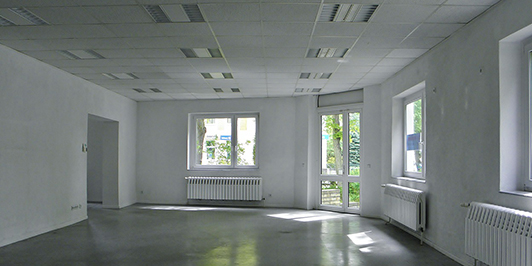
The bonus deduction and the Section 179 deduction are tax incentives for businesses that purchase and use qualified business property. Both of these deductions apply to the same kinds of property — interior improvements:
- Made to a property that is used at least 50 percent for business;
- Made after the property was put into use; and
- That are depreciable because they have a useful life of more than one year. Both of these deductions exclude land, but they are not the same.
Business owners are allowed to claim both incentives, but the Section 179 deduction must be taken first. This can be confusing, but there are real differences between what is allowable under Section 179 and under the bonus deduction.
Section 179 deductions allow for the following:
- Section 179 allows businesses to expense a cost of qualified property immediately, whereas depreciation allows a business to recover that cost over time.
- Under Section 179, qualified property includes tangible personal property, computer software, and qualified improvement property.
- The Section 179 deduction, which reduced the cost of the qualified property that was purchased, is taken first. Bonus depreciation then is taken to decrease the remaining cost of the property over its useful life.
- Businesses can deduct up to $1 million of qualified property immediately, with a phase-out threshold of $2.5 million. Once a tax year exceeds the threshold amount, the Section 179 deduction is reduced dollar-for-dollar by the excess amount. Beginning with tax year 2019, the deduction and phase-out threshold amounts are subject to inflation.
- Section 179 is limited to taxpayer’s business income. Passive income is not eligible for the deduction.
- Any Section 179 deduction elected that is not allowed because of the income limitation can be carried forward to future years.
Bonus depreciation work differently:
- Before the Tax Cuts and Jobs Act of 2017 (TCJA), bonus depreciation applied only to newly-purchased property. The TCJA changed that by allowing used property acquired and put into use after September 27, 2017, and before January 1, 2023, to be depreciable if it meets certain requirements. It also increased the deduction to 100% for purchases of qualified property made between September 27, 2017, and January 1, 2023. Property that is eligible for the bonus deduction must fall under the Internal Revenue Service (IRS) definition of qualified property.
- With specific exceptions, bonus depreciation is scheduled to be reduced gradually for assets placed in service between 2023 and 2026.
- The IRS defines qualified property as property that wasn’t (1) used by the taxpayer or its predecessor before it was acquired, (2) acquired from a related party or (3) acquired from a component member of a controlled group of corporations.
- The taxpayer’s basis of the used property is not figured in whole or in part by reference to the adjusted basis of the property in the hands of the seller or transferor.
- The taxpayer’s basis of the used property is not figured under the provision for deciding the basis of property acquired from a decedent.
- The property may not have been the basis of any property previously held by the taxpayer (e.g., in a like-kind exchange or involuntary conversion).
There are other notable differences as well. For example, HVAC improvements are deductible under Section 179 but not under bonus depreciation. As a result of these differences, claiming depreciation deductions can get complicated. To maximize the benefits, business owners need to plan for purchases of qualified property. They also need to keep careful records of purchase date, date the property was put into service, and all costs associated with the purchase.
For help deciphering these deductions, contact us today.

Pingback: When would you gross up severance pay? | Lang Allan & Company CPA PC